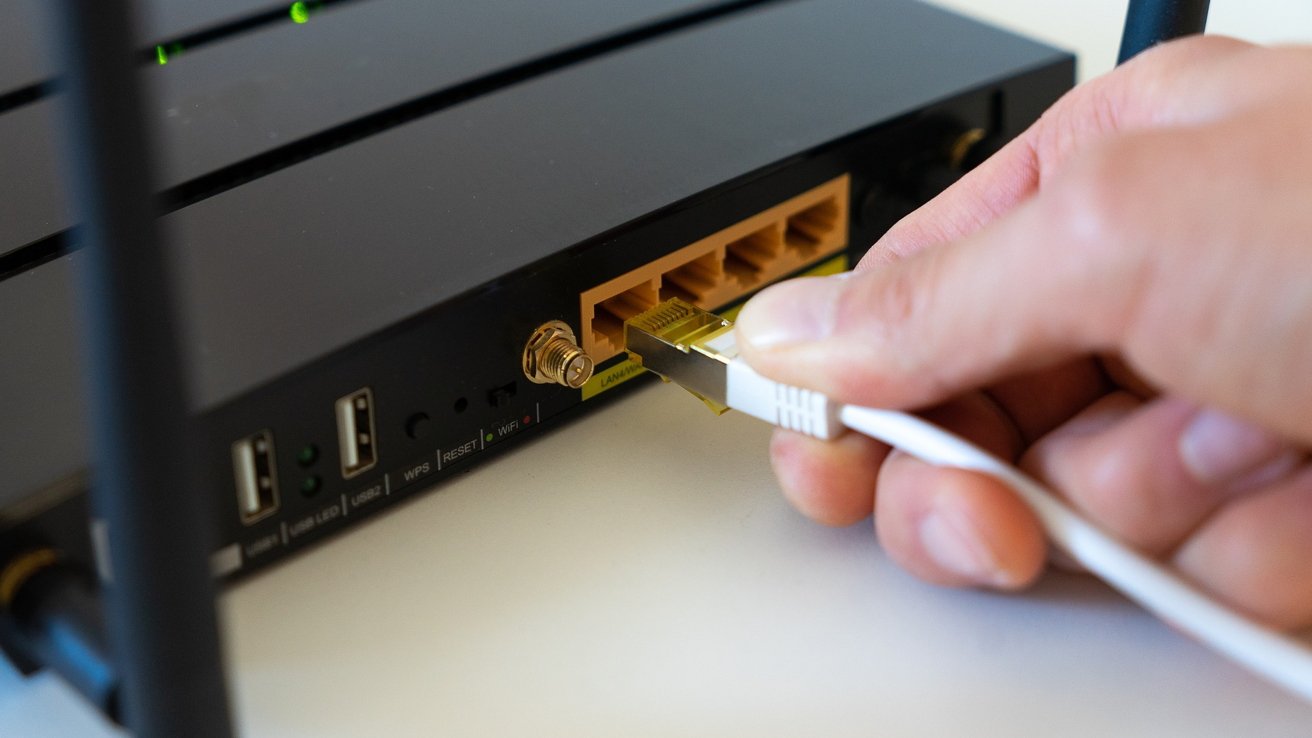LiFi has been around for quite some time, but it hasn't quite hit the same household name status as WiFi. That may change now that it has an industry standard.
One major milestone for any product is getting it out into the wild and not just into the homes of people building it. That's certainly the same for LiFi, which Apple experimented with all the way back in 2016 for future iPhone models.
While Apple may or may not do anything with LiFi, the industry around it has something to celebrate. On July 12, global LiFi technology firms Fraunhofer HHI and pureLiFi helped usher in the release of IEEE 802.11bb.
With this newly recognized framework, it is a standard that can sit comfortably next to IEEE 802.11 WiFi.
The IEEE 802.11bb standard defines a couple of different things. First, system architectures, and second, physical layer specifications for wireless communication that utilizes light waves instead of radio frequencies.
With this new milestone reached, it means LiFi can use this foundation to help find a better footing for consumer support and widespread adoption.
Nikola Serafimovski, pureLiFi's VP of Standardization, had this to say on the moment:
"The release of the IEEE 802.11bb standard is a significant moment for the wireless communications industry. Through the activity of the 802.11bb task group, LiFi attracted interest from some of the biggest industry players ranging from semiconductor companies to leading mobile phone manufacturers. We worked with these key stakeholders to create a standard that will provide what the industry needs to adopt LiFi at scale. I would like to thank the support of Tuncer Baykas as Vice-Chair, and Volker Jungnickel as technical editor for helping make this process so successful."
LiFi is a wireless technology that relies on light waves, rather than radio frequencies, to transmit data in an area. LiFi is designed to offer up even faster data transmissions, along with even more reliable connections and better security than existing wireless technologies like WiFi.
Both pureLiFi and Fraunhofer HHI have been at the forefront of developing LiFi, including forming an 802.11bb Task Group to help with that effort. These companies believe that with this new standard in place, interoperability between LiFi equipment, and even WiFi options, should be commonplace at some point in the future.
 Evan Selleck
Evan Selleck







-m.jpg)






 Malcolm Owen
Malcolm Owen
 Marko Zivkovic
Marko Zivkovic
 Christine McKee
Christine McKee
 Andrew Orr
Andrew Orr
 Andrew O'Hara
Andrew O'Hara
 William Gallagher
William Gallagher

 Mike Wuerthele
Mike Wuerthele




-m.jpg)



8 Comments
This sounds very cool, but threatens trolls — who generally prefer to ply their worthless trade in darkness. :)
Using Light to transfer data is pretty crazy but real. Here's the good news - you would just have to change the bulb. This one would need Governmental implementation,but they did it once, data transfer is Light. First step to self driving cars. It's Solaris coded in C or C++
Interesting. LiFi works in the visible range, but also in infrared and ultraviolet range, it seems. Also, a direct line of sight is not required (at least in the visible range) as light reflected from walls still work - according to Wikipedia up to 70MBit, so far. Visible also does not mean illuminating the room, as they can be dimmed to a point where the light cannot be perceived any more. Regarding what receivers require (e.g. phone) and about sending back to the „light bulb“ I did not find something on first glance.